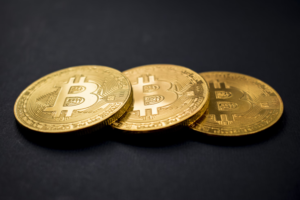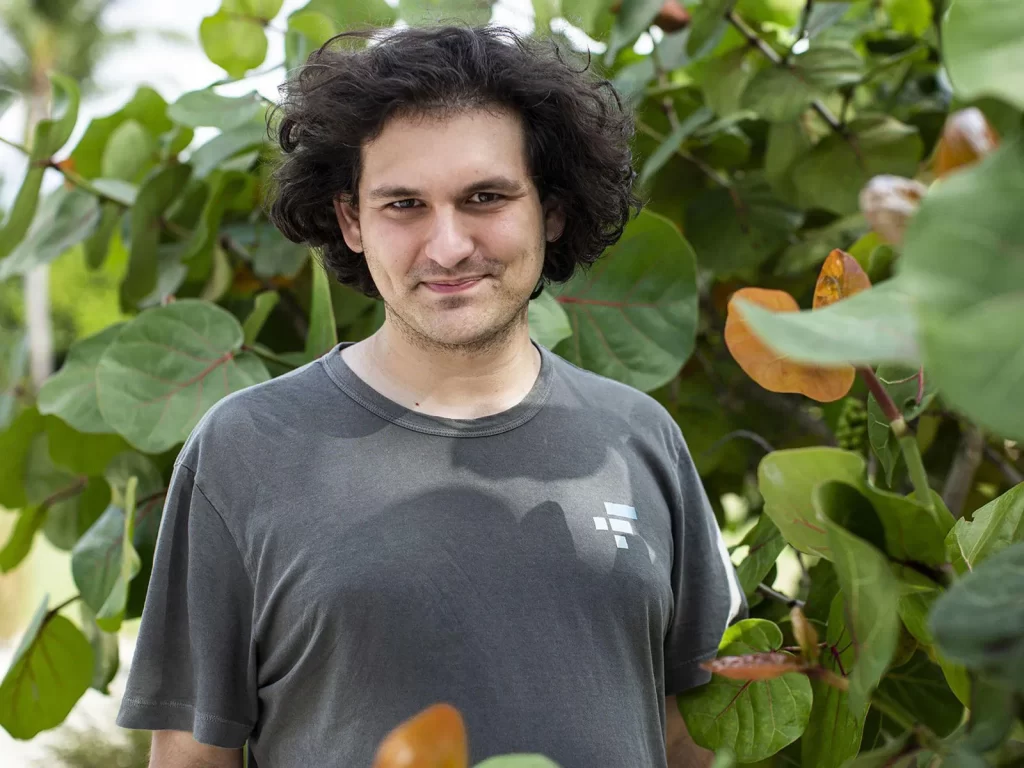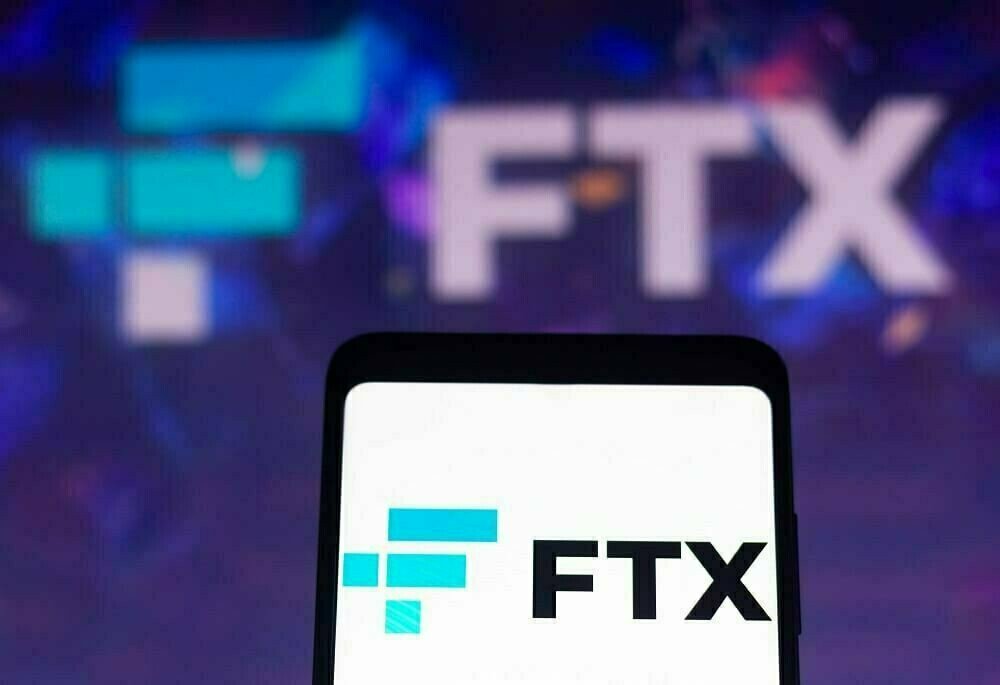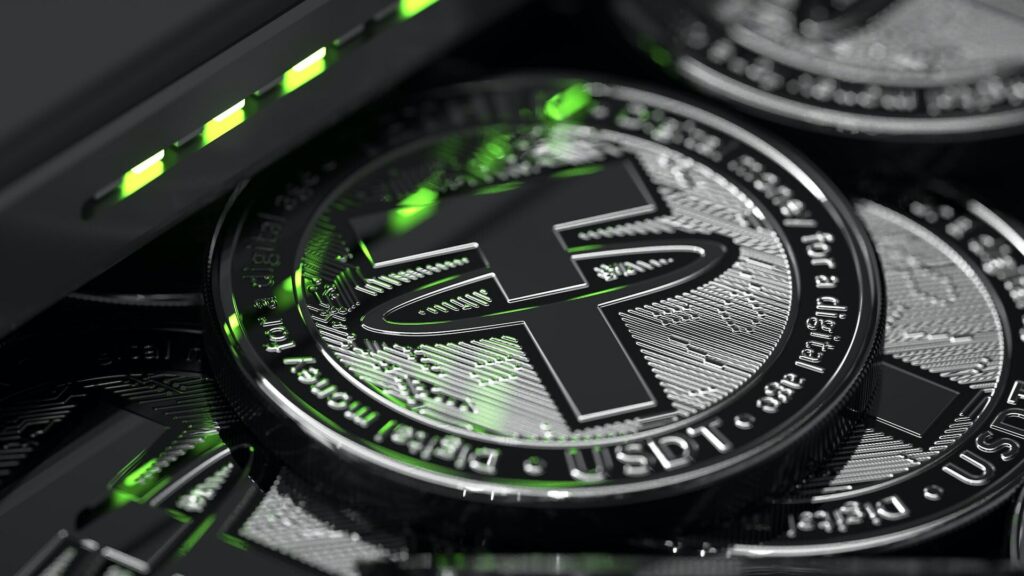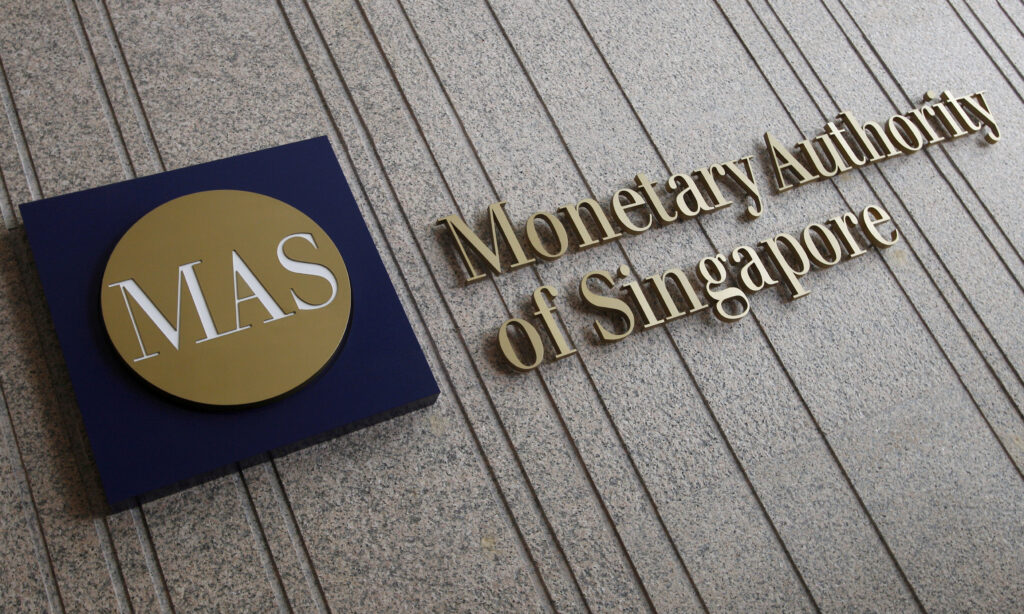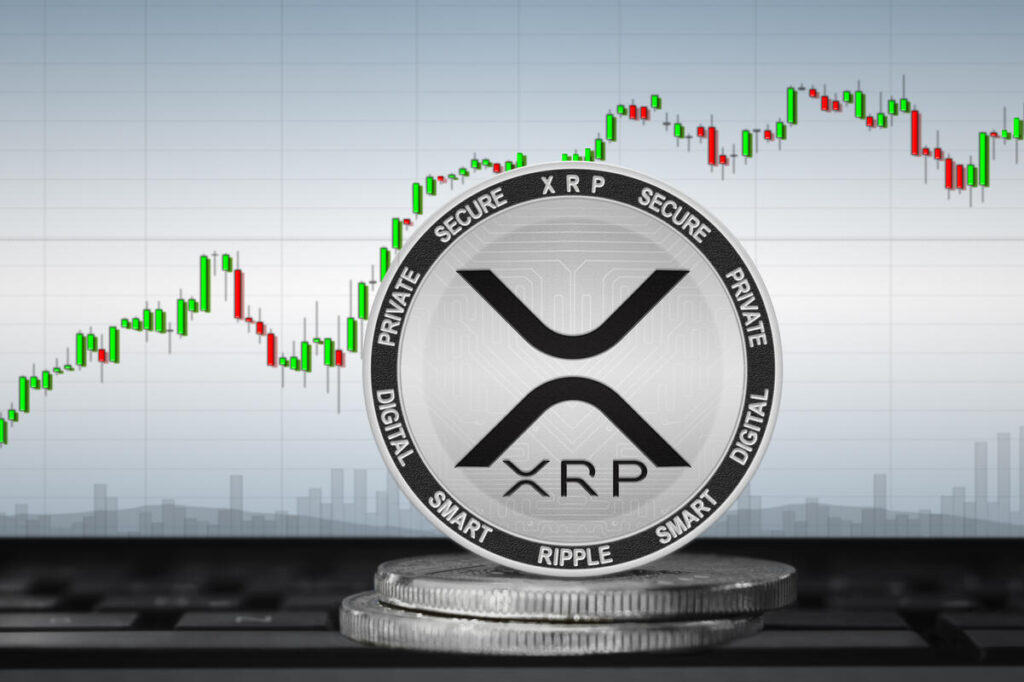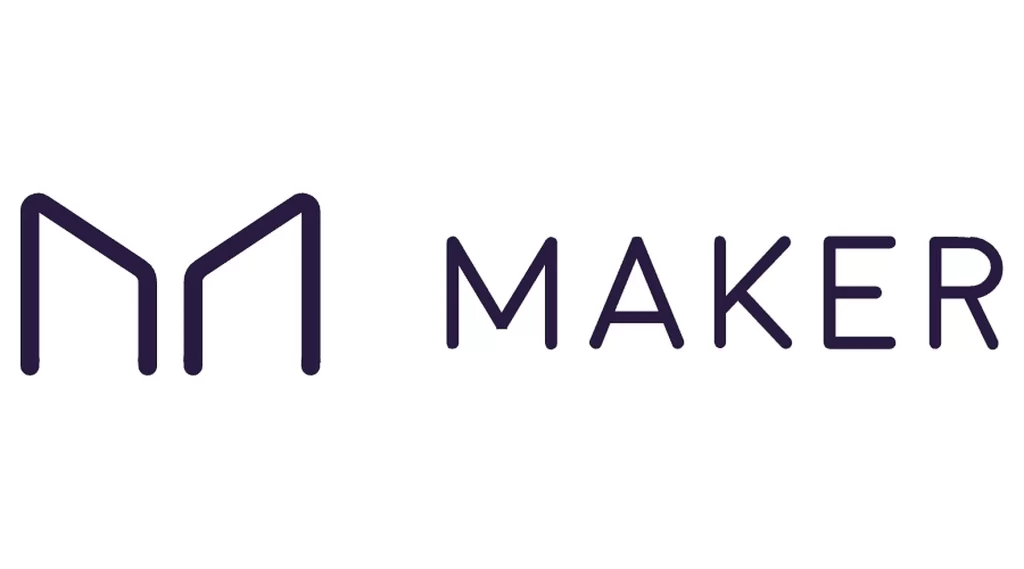In a collaborative effort involving law enforcement and cyber authorities, a victim who goes by the pseudonym L3yum on X (formerly known as Twitter) has achieved a significant breakthrough following a hack that resulted in the loss of 90 Ether.
The victim has managed to have the perpetrator’s Tether address placed on a blacklist, potentially enabling the recovery of a substantial portion of the stolen funds.
The breach occurred on March 16, when the hacker successfully acquired access to L3yum’s hot wallet seed phrase.
Subsequently, a collection of nonfungible tokens (NFTs) associated with Yuga Labs, as well as cryptocurrencies and NFTs from smaller projects, were pilfered.
These ill-gotten assets were swiftly liquidated or traded by the attacker.
In a recent post on Aug. 11 on X, L3yum conveyed the successful outcome: “Today after working with the police and cyber team in my country, I was able to get the stolen funds sitting in USDT frozen and black listed.”
The involved Ethereum-based USDT address, linked to the hacker, has now been rendered inactive, marking a significant step towards recovering the stolen assets.
At present, the 90 ETH translates to roughly $166,000, while the blacklisted wallet contains $107,306 worth of USDT, implying that the victim might not fully recoup their losses.
The question of whether the victim will receive restitution remains unanswered.
READ MORE: California Updates Campaign Manuals with Detailed Rules for Cryptocurrency Contributions
However, history suggests that when a USDT address faces blacklisting under similar circumstances, Tether has previously destroyed the blacklisted USDT and reissued an equivalent amount of the asset to the original owner.
It’s important to note that the process of blacklisting a USDT address by Tether typically follows a court order, as has been observed in previous cases.
L3yum indicated that while this seemed to be the likely course of action, confirmation is still pending.
Responding to comments, L3yum clarified, “This is the part I’m unsure about but yeah from my understanding this is how it works and the funds that are blacklisted are essentially burnt.
Don’t quote me on that though, but that is my understanding!”
The circumstances that enabled the hacker to obtain the seed phrase back in March are yet to be fully determined.
However, initial speculation pointed towards possibilities such as SIM swapping, inadvertent seed phrase storage on iCloud, or the use of the wallet across multiple devices.
While details remain unclear, L3yum’s proactive efforts, coupled with the cooperation of law enforcement and cyber experts, have paved the way for potential recovery in this intricate crypto hack saga.
Other Stories:
Hong Kong’s HKVAX Granted Preliminary Approval for Virtual Asset Trading Platform by SFC
FTX Debtors Clash with Creditors Over Asset Control Amidst Restructuring Plan
US Bank’s Crypto Holdings Surge to Nearly $170 Million Amid Regulatory Scrutiny
Former FTX CEO Sam Bankman-Fried’s bail has been revoked by a federal judge in response to allegations that he attempted to intimidate witnesses by sharing information with New York Times reporters.
The decision was made during an August 11 hearing at the United States District Court for the Southern District of New York. Judge Lewis Kaplan ordered the revocation of Bankman-Fried’s $250 million bail, which had initially kept him out of custody since his arraignment in December 2022.
Bankman-Fried had given interviews to New York Times reporters, with the intention, as suggested by Judge Kaplan, of “hurting and frightening” his former colleague and girlfriend, former Alameda Research CEO Caroline Ellison.
His legal team confirmed his collaboration with the reporters, leading to the imposition of a gag order to prevent any further extrajudicial statements related to the ongoing criminal case.
Assistant U.S. Attorney Danielle Sassoon cited Bankman-Fried’s breach of previous bail conditions, which included sending a message via the Signal app to FTX US general counsel Ryne Miller, using a virtual private network for internet activities, and releasing information to reporters aimed at intimidating Ellison.
The prosecutor also mentioned that the Putnam County Correctional Facility could provide Bankman-Fried with a laptop if he were to be remanded into custody, though home detention with restrictions on Google Drive was also considered.
Judge Kaplan stated that there was probable cause to believe that Bankman-Fried had attempted to tamper with witnesses on at least two occasions, and he listed additional violations as well.
Consequently, he decided to revoke the bail. Sassoon argued that Bankman-Fried had allegedly asked witnesses to delete specific messages and documents.
Bankman-Fried’s attorney, Mark Cohen, pleaded with the judge to maintain his bail conditions, asserting that coordination with the legal team was necessary.
Cohen also contended that allegations of witness intimidation should be addressed during the October trial.
READ MORE: Hong Kong’s HKVAX Granted Preliminary Approval for Virtual Asset Trading Platform by SFC
Despite Bankman-Fried’s legal team’s intention to appeal the decision, Judge Kaplan denied the motion and ordered Bankman-Fried to be remanded into custody, likely at the Putnam County Correctional Facility.
He may be transferred to the Metropolitan Detention Center in Brooklyn once the trial begins in October.
It’s worth noting that Bankman-Fried’s parents may have been present at the hearing.
Bankman-Fried, who has primarily been staying at his California home except for court appearances in New York, is facing 12 criminal charges spanning two trials scheduled for October 2023 and March 2024.
While a campaign finance law violation charge is set to be dropped due to an extradition agreement with the Bahamas, prosecutors intend to include the alleged scheme in a wire fraud charge.
Other Stories:
FTX Debtors Clash with Creditors Over Asset Control Amidst Restructuring Plan
US Bank’s Crypto Holdings Surge to Nearly $170 Million Amid Regulatory Scrutiny
California Updates Campaign Manuals with Detailed Rules for Cryptocurrency Contributions
The Hong Kong Securities and Futures Commission (SFC) has granted preliminary approval to the Hong Kong Virtual Asset Exchange (HKVAX) to operate a virtual asset trading platform within the framework of the region’s securities regulations.
HKVAX recently disclosed that it has secured an “approval-in-principle” from the SFC, authorizing the execution of Type 1 and Type 7 regulated activities.
The Type 1 license empowers the platform to administer a digital asset trading system dealing with securities, while the Type 7 classification formally permits the company to furnish automated trading services to both retail customers and institutional investors.
In pursuit of capitalizing on the investment prospects presented by Web3, HKVAX is striving to introduce a new category of offerings known as security token offerings.
Once the final endorsement is obtained, the platform intends to provide a range of services, including over-the-counter (OTC) brokerage facilities facilitating transactions between fiat and digital assets.
READ MORE: Top VC Firms Face Class-Action Lawsuit for Alleged Role in FTX Crypto Exchange Fraud
Moreover, the platform plans to establish an institutional-grade exchange platform and a secure custody solution, backed by insurance provisions.
Anthony Ng, who serves as the co-founder and CEO of HKVAX, articulated that as the platform’s operations expand, the entity remains committed to broadening its array of products available in the Hong Kong market.
Simultaneously, HKVAX intends to collaborate with strategic investors during its forthcoming funding rounds.
The announcement from HKVAX emerges in the wake of HashKey and OSL, two exchanges, debuting retail cryptocurrency trading activities in Hong Kong.
These exchanges made history on August 3 as the first entities to be granted licenses to facilitate crypto trading services in the jurisdiction.
Hong Kong’s regulatory authorities have intensified their scrutiny of the cryptocurrency sector following the FTX collapse.
The CEO of the SFC, Julia Leung Fung-yee, stressed the importance of crypto trading within the virtual asset ecosystem in light of the FTX exchange’s downfall in 2022.
In a public address, Leung emphasized that the newly implemented licensing structure for virtual asset service providers aims to safeguard investors as they engage in trading activities.
Other Stories:
Futurama’s Hilarious Take on Crypto Mining: A Wild West Adventure in ‘Crypto Country’
PayPal’s PYUSD Stablecoin Launch Triggers Flood of Imposter Tokens and Honeypot Scams
Cryptocurrency Asset Flows Continue Negative Trend with $107 Million Outflows
FTX’s CEO and chief restructuring officer, John J. Ray III, along with other debtors, are expressing dissatisfaction with certain members of the Official Committee of Unsecured Creditors (UCC), who are attempting to gain control over assets.
These debtors are raising concerns about the UCC’s proposal to invest around $2.6 billion from cash reserves into short-term Treasuries.
They believe this move contradicts the FTX 2.0 draft restructuring plan.
In an official response filed on August 9, FTX addressed the UCC’s opinions regarding the reorganization and term sheet proposal. FTX criticized the UCC’s pursuit of asset control, especially their recommendation to allocate the cash reserves to cover professional fees, which could total up to $330 million.
Tensions have arisen between the UCC and debtors due to allegations that creditors were not adequately consulted and that FTX substantially depleted funds during the bankruptcy filing process.
Furthermore, the United States Securities Exchange Commission (SEC) expressed dissatisfaction with what it perceived as limited engagement and unprofessional conduct among several UCC members.
FTX’s restructuring unit has managed to recover around $7 billion in liquid assets from the original $8.7 billion owed to customers at the onset of the exchange’s bankruptcy proceedings.
READ MORE: PayPal’s Ethereum-Based Stablecoin PYUSD Divides Crypto Community
However, some creditors and experts believe that the debtors’ actions are hindering the reorganization process and have contested claims made by the UCC.
The debtors have unveiled a strategy for the relaunch of FTX 2.0, with CEO John J. Ray III striving to finalize agreements and outstanding payments to facilitate the launch.
Yet, Jesse Powell, the CEO of Kraken, has expressed doubt about FTX 2.0, stating that the endeavor is more challenging than starting anew.
Powell pointed to factors like the absence of a complete team, technology, necessary licenses, and damage to the brand’s reputation.
In a separate development, FTX has submitted a request for the dismissal of Chapter 11 bankruptcy proceedings involving FTX Exchange FZE (FTX Dubai).
The exchange argues that it never actually provided cryptocurrency-related services to investors, and therefore, the bankruptcy proceedings are not warranted.
Other Stories:
Governments Remain Wary About Worldcoin Amid Privacy Concerns
Binance’s Proof-of-Reserves Discloses Strong Financial Position
XRP Price Fails to Reach Anticipated Levels Despite Favorable Court Ruling
Stablecoins are positioned as the driving force behind a transformative shift tied to the U.S. dollar, potentially safeguarding its supremacy on the global stage, asserts an opinion piece dated August 9 in The Wall Street Journal.
Penned by Brian Brooks and Charles Calomiris, the article advocates for the establishment of a robust regulatory framework for stablecoins within the United States.
Brooks, previously at the helm of Binance.US and a former legal executive at Coinbase, brings substantial fintech expertise, while Calomiris, the dean of economics, politics, and history at the University of Austin, offers his background as a former chief economist at the Office of the Comptroller of the Currency.
The Clarity for Payment Stablecoins Act, championed by Patrick McHenry, Chair of the House Financial Services Committee, was tabled in July.
Unfortunately, the legislation has encountered resistance due to a lack of bipartisan consensus.
The Clarity for Payment Stablecoins Act, which has bipartisan support, seeks to implement necessary safeguards to enable this technology to realize its full potential.
In the face of mounting concerns regarding the erosion of the dollar’s status as a global reserve currency, Brooks and Calomiris suggest that stablecoins possess the capability to emulate the post-World War II paradigm in which the U.S. dollar emerged as the world’s primary trade currency.
Citing International Monetary Fund data, which reveals a decline in foreign central banks’ holdings of U.S. dollar reserves from nearly 73% in 2000 to 59% presently, the authors emphasize the importance of exploring tools that could fortify the dollar’s standing.
Brooks and Calomiris sound an alarm regarding the ongoing shift away from the dollar by major commodity trading nations like Brazil and Argentina.
READ MORE: Governments Remain Wary About Worldcoin Amid Privacy Concerns
These nations have entered into bilateral agreements with China to facilitate trade settlements using the yuan and their respective local currencies.
The authors argue that stablecoins offer individuals trapped in hyperinflationary environments a more accessible pathway to the U.S. dollar.
In advocating for stablecoin oversight, the authors underscore the potential harm dedollarization could inflict on the U.S. economy.
The loss of reserve currency status could escalate the country’s borrowing costs, a pivotal concern during periods marked by extensive government borrowing and spending.
Furthermore, the authors contend that dedollarization could erode the purchasing power of American consumers, leading to an increase in the cost of imported goods.
The authors predict that, if stablecoins proliferate, global citizens might independently and even contrarily drive demand for the dollar, irrespective of their governments’ political stances.
The authors conclude by urging U.S. policymakers to acknowledge the significance of reaffirming the dollar’s role in the global economy.
Other Stories:
PayPal’s Ethereum-Based Stablecoin PYUSD Divides Crypto Community
XRP Price Fails to Reach Anticipated Levels Despite Favorable Court Ruling
Binance’s Proof-of-Reserves Discloses Strong Financial Position
In the week ending on August 4, cryptocurrency asset flows recorded a total of $107 million in outflows, continuing a three-week negative trend that amounted to $134.8 million.
Once again, the primary factor behind this movement was Bitcoin (BTC), which experienced $111 million in outflows. These outflows offset the majority of inflows seen in the market during the week.
According to CoinShares’ “Digital Asset Fund Flows” weekly report, this trend indicates further “profit taking” following the gains from the previous market cycle.
In the month leading up to the recent outflows, crypto funds had seen inflows of $742 million, with a significant 99% of those inflows directed towards Bitcoin.
Weekly trading volumes in investment products experienced a decline below the year-to-date average, with broader on-exchange market volumes down by 62% compared to the relative average.
Regionally, only Australia and the United States demonstrated inflows of $0.3 million and $0.2 million, respectively.
Conversely, Canada and Germany witnessed the largest outflows, with $70.8 million and $28.5 million, respectively.
READ MORE: Chamber of Digital Commerce Releases Report on SEC vs Ripple Ruling
Despite the outflows from Bitcoin, the total weekly outflows were partially offset by inflows into Solana (SOL), amounting to $9.5 million, a significant increase from the previous week’s $0.6 million inflows.
Additionally, investment products related to XRP (XRP) also experienced inflows of $0.5 million.
However, Ether (ETH) funds continued their negative trend, with an additional $5.9 million in outflows following the previous week’s $1.9 million.
These outflows offset the prior inflows of $6.6 million, further distinguishing Ether from the current bullish trend of Solana.
Bitcoin has maintained its overall value since the beginning of the year compared to its January opening, but market experts believe that the sideways movement observed since April, mostly below $30,000, is a result of market uncertainty.
Data from Switzerland-based investment adviser 21e6 Capital AG revealed that “hodlers” of Bitcoin, those who held funds in BTC, outperformed crypto funds by 69% in the first half of 2023.
The 2022 implosion of FTX and regulatory and legal uncertainties surrounding several other exchanges may have prompted crypto fund investors to increase their cash reserves rather than investing further, contributing to the current decline.
The report from 21e6 Capital AG also noted a slight increase in investor sentiment compared to the first half of 2023.
Other Stories:
Digital Currency Group Faces Regulatory Scrutiny Over Transactions with Genesis Global Capital
Singapore’s Monetary Authority (MAS) has granted a major payment institution (MPI) license to crypto exchange Blockchain.com, making it the twelfth digital payment token service provider in the country.
The license, received on August 1, enables Blockchain.com to offer digital payment token services to institutional and accredited investors.
This approval comes after the exchange received in-principle approval from MAS in September of the previous year.
Other providers in the country offering similar services include Circle, Independent Reserve, Paxos, Revolut, and DBS Vickers.
The growing number of licensed crypto service providers demonstrates Singapore’s commitment to becoming a prominent crypto hub.
MAS has been actively supporting the fintech sector in the country, pledging $112 million to further strengthen the financial technology industry, including Web3 entities.
In July, the regulator introduced new regulations aimed at enhancing customer protections.
These rules include a requirement for crypto service providers to hold customer funds in a statutory trust by the end of the year.
Moreover, additional proposals are being developed to prevent crypto providers from facilitating lending or staking of retail customer assets.
READ MORE: 2024 Presidential Candidates’ Mixed Views on Crypto
Singapore’s efforts to bolster its crypto industry have been showing results.
According to a report by Galaxy Digital in July, while the United States still led in crypto startup funding in Q2 2022, Singapore-based crypto firms secured the third position, trailing only the United Kingdom.
Notably, Blockchain.com’s license comes in the wake of MAS granting an in-principle approval for a similar MPI license to Ripple, a blockchain-based payments firm, in June.
These developments signal the government’s commitment to fostering a favorable environment for the crypto industry’s growth in Singapore.
With robust funding commitments and updated industry regulations focusing on customer protection, the country aims to solidify its position as a leading global hub for cryptocurrencies and related services.
Other Stories:
Chamber of Digital Commerce Releases Report on SEC vs Ripple Ruling
Digital Currency Group Faces Regulatory Scrutiny Over Transactions with Genesis Global Capital
Despite a positive court ruling, XRP’s price failed to reach the anticipated levels, disappointing some investors, including pro-XRP lawyer John Deaton.
The cryptocurrency experienced a brief rally, but it did not surpass the $1 resistance level that many had hoped for.
This comes after several weeks since Judge Analisa Torres declared XRP as not being considered a security under certain circumstances, leading to a surge in the cryptocurrency’s price within the broader Web3 ecosystem.
Addressing a post from a user named Moon Lambo on social media, Deaton acknowledged that XRP had grown by 85% this year, suggesting an overall positive trend.
However, he attributed some users’ disappointment to unrealistic expectations.
While Deaton didn’t expect XRP to reach a new all-time high after the court ruling, he did hope for it to break the $1 resistance level, which ultimately did not happen.
READ MORE: Coinbase CEO Affirms Commitment to US Amid Regulatory Uncertainty
Instead, the token experienced a significant surge of over 70% following the ruling, reaching $0.84.
XRP’s all-time high occurred over six years ago at $3.84, and while surpassing that price level may be overly ambitious, Deaton remains optimistic about reaching the $1 mark.
However, he cautions that XRP’s price is closely linked to the performance of Bitcoin (BTC).
Deaton, not being a market analyst, expressed his belief that unless BTC retests its all-time high, it is unlikely to see significant bullish momentum in the price of XRP.
As of now, XRP is trading at $0.6283. Despite the recent court ruling, it seems that reaching the anticipated price targets for XRP remains uncertain, heavily influenced by the performance of the broader cryptocurrency market, particularly Bitcoin.
Investors and enthusiasts continue to monitor the situation closely to gauge the future prospects of XRP and its potential for price growth.
Other Stories:
Latvia Sees Decline in Crypto Asset Purchases Amidst Concerns Over Fraud and Money Laundering
U.S. Senators Call for Crackdown on North Korea’s Cryptocurrency Funding of Nuclear Program
Tech entrepreneur Ilya Lichtensteind, a dual Russian-American citizen, has confessed to perpetrating the original 2016 Bitfinex hack, according to CNBC.
Along with his wife, Heather Morgan, the couple admitted to attempting to launder a staggering $4.5 billion worth of Bitcoin stolen from Bitfinex.
Until Thursday’s admission, the identity of the hacker responsible for the 2016 cryptocurrency heist had remained undisclosed.
Interestingly, while the couple confessed to attempting to launder the stolen funds, they were not charged with the actual hacking incident itself.
Heather Morgan, also known by the alias “Razzlekhan,” added an unusual twist to their criminal escapade by venturing into the realms of rap music and tech entrepreneurship while evading law enforcement.
Her music videos and rap lyrics depicted her as a “bad-ass money maker” and a “crocodile of Wall Street,” while Forbes articles portrayed her as a successful tech magnate, economist, serial entrepreneur, software investor, and rapper.
The duo’s sophisticated money laundering operation involved meticulously dividing the stolen Bitcoins into smaller amounts and routing them through thousands of different crypto wallets using false identities.
They further intertwined these funds with other criminal cryptocurrency proceeds on the darknet marketplace Alphabay, purchased gold coins, and channeled them through shell companies to legitimize their ill-gotten gains.
However, investigators managed to trace the couple’s criminal proceeds back to the Bitfinex hack when they discovered a trail leading to Walmart gift cards purchased with stolen funds. The veil of anonymity the couple hoped for through complex transactions between various exchanges and cryptocurrencies began to unravel.
A breakthrough came when law enforcement raided the couple’s Manhattan residence, uncovering a wealth of incriminating evidence, including mobile phones hidden in hollowed-out books, disposable handsets, USB drives, and $40,000 in cash.
READ MORE: Best Crypto Casinos In 2023
Decrypting a meticulously crafted spreadsheet revealed their intricate web of money laundering strategies, leading to the recovery of almost the entire stolen amount.
Communication records exposed the couple’s plans to flee to Russia, Ilya Lichtenstein’s country of birth, to avoid arrest.
Thankfully, law enforcement thwarted their escape, potentially preventing them from evading justice.
The 2016 hack had severely impacted Bitfinex customers, resulting in a collective loss of 36% of their holdings on the crypto exchange.
By 2019, the exchange managed to reimburse the affected customers, offering hope for a financial recovery once the recovered Bitcoins were returned to the rightful owners.
As legal proceedings unfold, Ilya Lichtenstein faces a maximum 20-year prison sentence, while Heather Morgan could be sentenced to up to 10 years behind bars.
The U.S. Department of Justice reported seizing an additional approximately $475 million tied to the hack since the couple’s arrest in February 2022, indicating the ongoing efforts to recover the stolen funds.
Other Stories:
JPEG’d DeFi Protocol Recovers $10 Million in Stolen Crypto After Hacker Returns Funds
Chamber of Digital Commerce Publishes Impactful Analysis on SEC’s Ripple Lawsuit
Bitcoin’s Hodl Strategy Outperforms Crypto Funds by 68.8% in H1 2023
Decentralized finance pioneer MakerDAO has come under fire for its recent decision to block users accessing its newly launched lending platform, Spark Protocol, through virtual private networks (VPNs).
Attempting to access the Spark Protocol website using VPNs triggers an error message stating that VPN access is not allowed.
The move seems to be an effort by MakerDAO to restrict United States users from accessing the platform, as indicated in a May 9 update to Spark Protocol’s terms of service that explicitly discourages the use of VPNs to circumvent this restriction.
The platform’s terms of service also prohibit U.S. users from using VPNs to conceal their residency.
This decision has been met with strong criticism from DeFi analyst Chris Blec and others, who argue that the ban on VPNs affects users worldwide, not just those in the U.S. Blec, a vocal advocate for decentralization and privacy, expressed his dismay on Twitter, stating that this action is essentially a global assault on user privacy.
Blec further criticized MakerDAO’s creator, Rune Christensen, and the company’s developers for prioritizing profits over user privacy.
He accused them of prioritizing their financial interests above the principles of privacy and individual rights.
READ MORE: U.S. Senators Call for Crackdown on North Korea’s Cryptocurrency Funding of Nuclear Program
Cointelegraph, a cryptocurrency news outlet, reached out to MakerDAO for a comment on the matter but did not receive an immediate response.
Spark Protocol, launched in May, offers users the opportunity to earn up to 8% in annual returns by lending DAI.
The platform was created as a soft fork of Aave v3 by Phoenix Labs, a blockchain research and development firm backed by the Maker Foundation.
Before engaging in cryptocurrency lending on the Spark Protocol platform, users are required to explicitly agree that they are not using VPNs.
The platform also utilizes TRM’s blockchain intelligence services to prevent wallets engaged in legally prohibited activities from accessing Spark Protocol.
The decision to block VPN users has sparked a heated debate about privacy, user rights, and the potential impact on global users of decentralized finance platforms.
As the situation unfolds, stakeholders in the cryptocurrency community are closely monitoring developments and awaiting further responses from MakerDAO.
Other Stories:
Coinbase CEO Affirms Commitment to US Amid Regulatory Uncertainty
Latvia Sees Decline in Crypto Asset Purchases Amidst Concerns Over Fraud and Money Laundering


